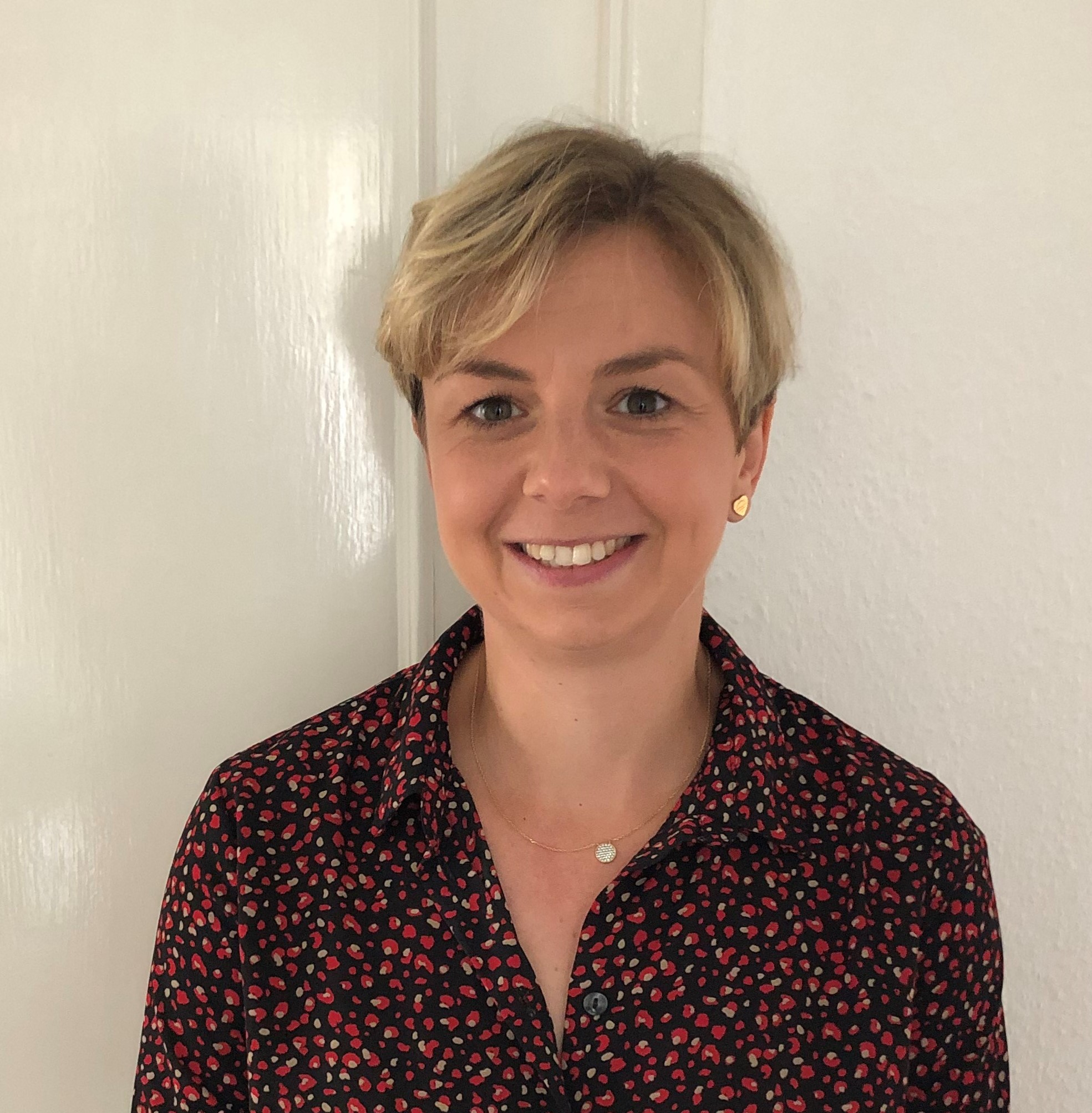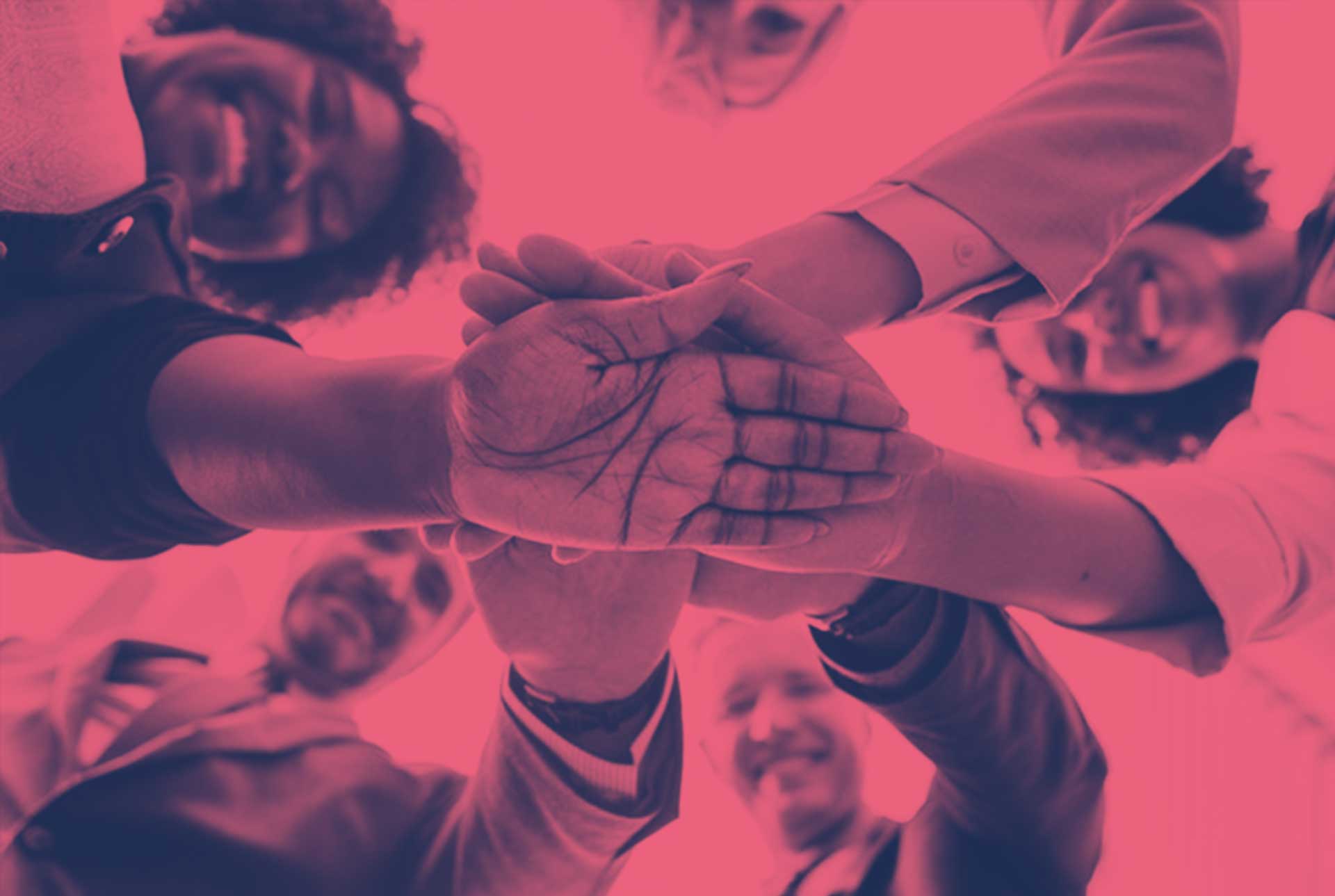Strategy / Perspectives: Gary Ford, Independent Consultant & Expert in Diversity & Inclusion

Leanne Kelly
May 7, 2020
Gary Ford is an independent consultant working across the IT sector and wider management environment. He has a particular interest in the intersection between technology and diversity and inclusion. Previously, Gary was a Managing Director (MD) within Global Technology at JPMorgan Chase. While there, he co-founded JPMorgan’s male allies programme for women in technology. I had the pleasure of speaking to Gary about his male allies programme, who’s making waves in D&I and why men should care about driving D&I in business.

Can you tell me a bit about your background?
I have been working in IT in the financial services sector for over 30 years. I spent the last 24 years at JPMorgan. My role itself was always in technology and it frequently changed. But as a Managing Director, I was lucky enough to be involved in lots of different projects beyond IT which meant I had the opportunity to sponsor a number of initiatives in different areas.
How did you get into Diversity & Inclusion?
I guess you could say that my journey into D&I was an interesting one.
We all know that the gender diversity record in technology is bad. It’s something JPMorgan as a business takes very seriously, so about five years ago, I was asked to sponsor a new women in technology group in Bournemouth, as part of our focus on Diversity & Inclusion.
For the first six months or so I wasn't a particularly active sponsor but I decided I’d try and be visible and would make sure I attended a lot of the networking sessions. Most of the time it was me and about 50 women in a room. For me, it was all about us getting more educated and learning why women didn’t want to get into technology, or if they did, why they didn’t want to spend their career there.
What were some of your key learnings?
I learned so much! I very quickly began to realise that it was an area I knew little about and that I hadn’t properly thought about a lot of things.
One of the biggest lessons for me was the conclusion that I wasn’t as good at managing teams as I'd thought I was. I had always thought of myself as a half decent manager. But my experiences made me appreciate that I can be a better manager by taking more time to understand my team and adjust how I interact with them.
What prompted you to set up a male allies programme at JPMorgan?
As we became more educated, a few of the men, and a number of women in the group, got together to discuss how we needed to get more men into this conversation.
So, we brought together a network of interested men, created a male allies group and developed a workshop for men to discuss gender diversity. The aim was to get men talking about a subject that they were generally deeply uncomfortable talking about. What became apparent was the need to create a safe space for men to have open and honest conversations about D&I. We heard men say things like ‘it’s easy to get promoted as a woman’ or ‘there’s too much positive discrimination’. It might sound strange, but you want to give people a space where they are comfortable voicing opinions like that because if you don’t know that that’s what they think, how can you tackle it?
What was the aim of the programme?
The aim was very much education and to give practical tips. It was about trying to encourage attendees to go back into their workplaces and to try to implement changes in the way that they operated. It could be around the language that they use, the way in which they interact socially or how they organise team events. All sorts of things were on the agenda.
What were some of the things that you found worked really well?
We went out and captured the female experience. We asked women to tell us about what really happens to them at work. It was really interesting. Most of it was actually really subtle and what you would call micro aggressions, but we did find some really shocking things too. The men we talked to would often say that these things weren’t happening in their workplaces and we had to show them that these were real experiences of their colleagues and that it was still happening.
Another key lesson I learned early on was that if you want men to come to an event, make sure you don’t have women in the title, even if the event is about women. We saw far more sign ups to events with titles that didn’t reference the event being about women.
We also found that making them practical worked really well. We covered things like how to change your approach to hiring or how to change your approach to development. We always tried to give some practical advice and guidance and some key takeaways that attendees could implement.
Did you experience any pushback to the allies programmes initially?
Not that I remember, but I always say the same thing to anyone who is skeptical. The 4-5 years I’ve spent learning about D&I have made me better at my job, better as a manager, better as a coach, better as a father, better as a husband and ultimately, a better human being.
How did you measure the success of your work?
It’s always hard to measure cultural change but I think the most telling thing was whether we saw an increase in engagement. We saw more men coming to events, or coming back to events and giving up time to support broader D&I.
It was often really obvious if someone had had a light bulb moment. We had lots of people leave our sessions and say that they were going to make changes and do things differently.
One thing I did do was to go back and ask the women a year later whether they’d noticed any changes in behaviours. The feedback was very positive. We certainly feel it made a difference.
Do you think that men are of the opinion that there is a gender diversity issue in technology?
It's an interesting one. I think if you ask men the question: ‘is there a gender diversity problem in technology?’, pretty much every man will say: “yes, of course there is. It's staring me in the face. There aren’t many women in my team.” But they will immediately back it up with statements like “I always hire the best person for the job” or “I treat everybody equally and fairly.”
My response to the statement “I always hire the best person for the job” is “your company doesn’t ask you to hire the best person for the job.” You’re being asked to hire the best person for your team, right now. If right now, your team is 10 middle-aged white males, I guarantee that hiring another middle-aged white male is not the right person for the job, no matter how skilled they are.
There’s a definite defense mechanism there and a sense that it’s not their problem.
How do we tackle that?
I think it’s important to stress that having these conversations isn’t about making people feel guilty. It’s about reinforcing the fact that we’re all victims of our own cultural upbringing. We’re programmatically designed to think in certain ways, and we all have that challenge.
It's about trying to encourage men to take some ownership, to try and help solve a problem. In my experience, most of them want to, but often they don’t know how. That’s why the idea of the male allies workshops went down so well.
What are some of the biggest challenges in tackling D&I?
I just don't think that people are willing to spend the money on tackling Diversity & Inclusion. I think lots of companies are happy to spend enough money to make their brands look good and for their website to be appealing. But tackling D&I is hard. In a lot of cases, it’s about investing enough money to change the culture of the organisation.
How do you feel about diversity quotas?
Personally, I'm not a fan. I think judging the success of a team by simply counting the number of women in it is really dangerous. The result will be that organisations get bent out of place.
What are some good alternatives you’ve seen?
I really like the approach taken by Dell. They asked the employees to help decide their company values. Leaders or people in a management position are then scored against those values as part of a 360 degree review process. They then base their compensation approach on these results alongside their business delivery objectives.
I think it’s a great model, it’s actually not just about Diversity & Inclusion. You're aligning your company values and it really makes sense. I really like the idea of aligning incentives and really rooting Diversity & Inclusion into your company values.
How do you change perceptions and bring D&I front of mind for males in leadership positions?
The more you can help people understand the business case, the better. There’s plenty of good financial data that shows the positive impact of D&I on business performance, but it goes further than just financial data. There’s plenty of research that proves that women and men working together drives innovation. It means better products or services.
What other value does D&I bring?
Another big positive, and one that’s not discussed so much is the health and safety element. The gender data gap is really scary. Most research assumes that the end user of a product or service is male. For example, the original airbag in cars were designed to save the lives of men, rather than women and children. There are lots of other examples. Apple watches, when they were launched, were perceived as “designed by men for men”, rather than women despite research suggesting that women are much more likely to purchase and use them as a device.
Investing in D&I is also critical to your brand. It’s now an expectation of your employees as well as your external clients.
Are there any quick wins?
There are some, but you do have to realise that tackling D&I will be hard and you’ll be in it for the long haul. You need to make an investment, but you will absolutely see a return on that investment.
Let’s talk about STEM. What do you think is the biggest challenge to getting more females in STEM?
I think a lot of its culture. I have a friend who tries to encourage women to study STEM subjects at university level. Her experience is that there is no issue when she goes into schools. There is a really healthy number of girls interested in studying science in further education, but the numbers don’t transfer. The girls are interested in the subject, but they just don’t sign up. She's also of the opinion that it’s to do with culture they see when they get to the college or university. It's still very male-centric.
A lot of people are of the opinion that the next generation will solve this problem, but I’m not convinced. Without doubt, they have a better sense of equality, Diversity & Inclusion and they have more female role models. All definite positives. But if they then go to university and they sit in an 80% male lecture hall, things won’t change. It just reinforces the view that women don't really do technology. Even today, both men and women find it hard to believe that women are technical compared to men.
We see it a lot. Without realising, men in management positions tend to steer women towards non-technical roles. They don’t do it deliberately. It’s just something that's so ingrained in us we don't even realise that we're doing it. It's a fascinating subject and there’s a lot of hard work ahead to change.
Do you have any top tips for males in leadership positions or for businesses who don’t know where to start?
I think first and foremost if you don't have a woman's group or an employee resource group, start one. And then think about how you get can get men to be part of that.
One of the things I found really useful when I was looking to educate myself was to use others around you as a source of information. I used to have a regular conversations with senior women in my team about their experiences. Be receptive to the fact that you don't know everything and get educated and give your people time to get educated.
Who are some of the trail blazers in D&I?
I’ve already mentioned Dell. They’re doing some really great work right now. And, of course, I have to say JPMorgan as well.
I think the companies leading the way, are those who have done enough of the heavy lifting to make sure D&I is a core component of their value proposition. I think Aviva have done a lot of work in this area and Catalyst are a real trailblazer.
Another good example is a company called BDO that was noted in a great piece of research by Dr Jill Armstrong at Cambridge University. They had the idea of creating a ‘unifying culture’ which led to a ‘people board’ or ‘unitary board’ where they brought all of their people initiatives together and making sure all feedback from community groups were connected to their senior leadership.
Something else I think works quite well is making D&I part of your people programme alongside issues like mental health and sustainability for example. More often than not, people want to do the right thing but are overwhelmed by the amount in their inboxes or on their list to tackle. If you’re clear about how you bring all of these things together and that it’s an education opportunity that falls within a larger development programme, I think you get more buy-in. I like the idea of offering people a number of training/education days and having a set of D&I options within that, allowing them to make the judgement on what is important to them.
Finally, let’s talk a little bit about your book.
I’m writing a book with the co-founder of the JPMorgan male allies programme. It’s about our experiences and what we learned through the process. There are two big challenges involved with writing this book and also when we go into businesses and talk about D&I from a male allies point of view. Firstly, that we give the impression that we represent one half of the human race. We have talked to thousands of men and have developed some themes about what they say, but we absolutely don’t speak for all men. And the second challenge is that we’re not ‘mansplaining’ to women about their own oppression. The book is simply the story about a selection of men and how they’re dealing with D&I in business.
Thanks Gary!
If you're interested in being interviewed as part of the BPS Perspectives series, I'd love to hear from you. You can get in touch with me at leanne.kelly@bps-world.com.


